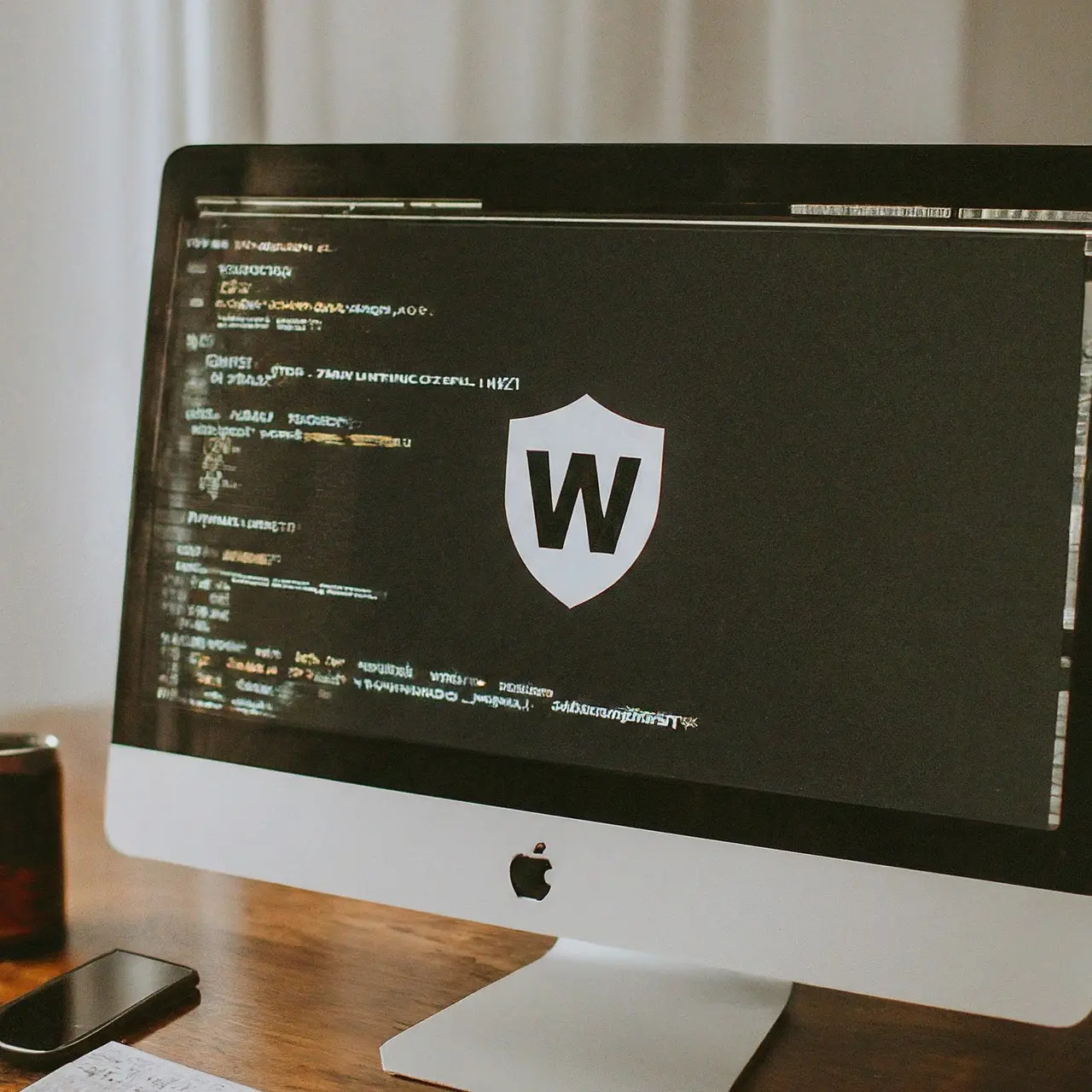In today’s digital age, maintaining the security of your WordPress website is crucial. This guide will walk you through the essentials of malware cleanup, offering a simple, engaging explanation that will make this complex topic easy to understand—even if you’re not a tech expert.
Understanding Malware: More Than Just a Nuisance
Malware, short for malicious software, refers to any program or code designed to exploit or harm a computer system without the user’s informed consent. It’s a broad term encompassing viruses, worms, Trojan horses, ransomware, and more. Each type poses unique threats, but their end goal is largely the same: to disrupt, damage, or gain unauthorized access to computer systems. Understanding the landscape of malware is the first step in developing a robust defense strategy for your WordPress site.
One may wonder, ‘Why WordPress?’ Simply put, its popularity. As the world’s most widely used Content Management System (CMS), WordPress powers over 40% of all websites. This prominence makes it a prime target for bad actors looking to exploit vulnerabilities. Hence, strengthening your WordPress site’s defenses against malware becomes not just advisable but essential.
The Common Entry Points for Malware on WordPress Sites
Malware can infiltrate WordPress sites through various avenues, but some paths are more trafficked than others. Weak passwords, outdated themes and plugins, and unsecured web hosting environments lead the pack in terms of vulnerability. These entry points are like open doors to hackers, offering them easy access to exploit your site’s resources for malicious purposes.
Plugins and themes extend the functionality and aesthetics of WordPress sites but can also introduce vulnerabilities. The more you add, the higher your risk. Keeping them updated is crucial, as updates often patch security flaws. However, not all plugins and themes receive regular updates from their developers, making them potentially ticking time bombs in terms of security.
Preventative Measures: The First Line of Defense
Implementing strong passwords and keeping your WordPress core, themes, and plugins updated are foundational steps in safeguarding your site against malware. But there’s more to prevention than just updates and passwords. Employing security plugins that specifically guard against malware and utilizing web application firewalls can significantly enhance your site’s resilience.
Another often overlooked aspect of prevention is regular backups. Should your site fall victim to malware, having a recent backup can be the difference between a quick recovery and a prolonged, costly cleanup process. Backups ensure that, even in a worst-case scenario, you can restore your website’s content and functionality with minimal disruption.
Detecting Malware: Knowing the Signs
Malware infections are not always immediately noticeable, which makes them all the more dangerous. Signs of infection can include a sudden drop in website performance, unexpected advertisements or pop-ups, and changes to your site’s content or layout that were not made by you or your team. Regular monitoring for these symptoms is crucial in catching and addressing malware infections early.
Tools and plugins designed for security can help detect malware presence by regularly scanning your site. These tools check for known malware signatures and abnormal behaviors, alerting you to potential threats. Nevertheless, no tool is foolproof, highlighting the importance of staying informed about the latest security threats and best practices in website maintenance.
Immediate Steps to Take When You Suspect Malware
If you suspect your WordPress site is infected with malware, time is of the essence. Begin by scanning your site with a reputable security plugin. These scans can confirm the presence of malware and, in some cases, isolate and remove it. However, not all malware can be so easily eradicated, requiring more thorough intervention.
After confirming a malware infection, immediately change all passwords associated with your website. This includes your WordPress admin password, as well as those for any databases and FTP accounts. Limiting access is a critical step in preventing further damage while you work on removing the malware and securing your site against future attacks.
Malware Cleanup: DIY or Call in the Experts?
Cleaning up a malware-infected WordPress site can range from straightforward to highly technical, depending on the malware’s complexity and spread. For minor infections, following a detailed cleanup guide and using security plugins may suffice. However, for more severe cases or if your initial cleanup efforts don’t eradicate the problem, seeking professional help is advisable.
Security experts can provide a more comprehensive cleanup, ensuring that all traces of malware are removed. They can also offer valuable advice on strengthening your site’s defenses to prevent future infections. While hiring professionals may involve additional costs, the investment in your site’s security and integrity can be invaluable, particularly for business or high-traffic sites.
After the Cleanup: Securing Your Site’s Future
After dealing with a malware infection, it’s crucial to take steps to secure your WordPress site against future threats. This means not only implementing the lessons learned from the incident but also staying proactive about website security. Regularly review and update your security measures, keep abreast of the latest threats, and consider scheduling periodic security assessments with professionals.
Remember, the online landscape is constantly evolving, with new threats emerging regularly. By adopting a mindset of continuous improvement and vigilance, you can greatly enhance your site’s resilience against malware and other cybersecurity threats, ensuring that your online presence remains strong and secure for the long haul.
Securing Your WordPress Site for the Future
Keeping your WordPress site secure doesn’t have to be a daunting task. With regular maintenance, the right tools, and a bit of knowledge, you can effectively combat malware and protect your online presence. Remember, the health of your website impacts more than just your traffic—it affects your brand and your relationship with your audience. Stay vigilant, stay informed, and don’t hesitate to seek professional help if things get complicated. Safe surfing!



